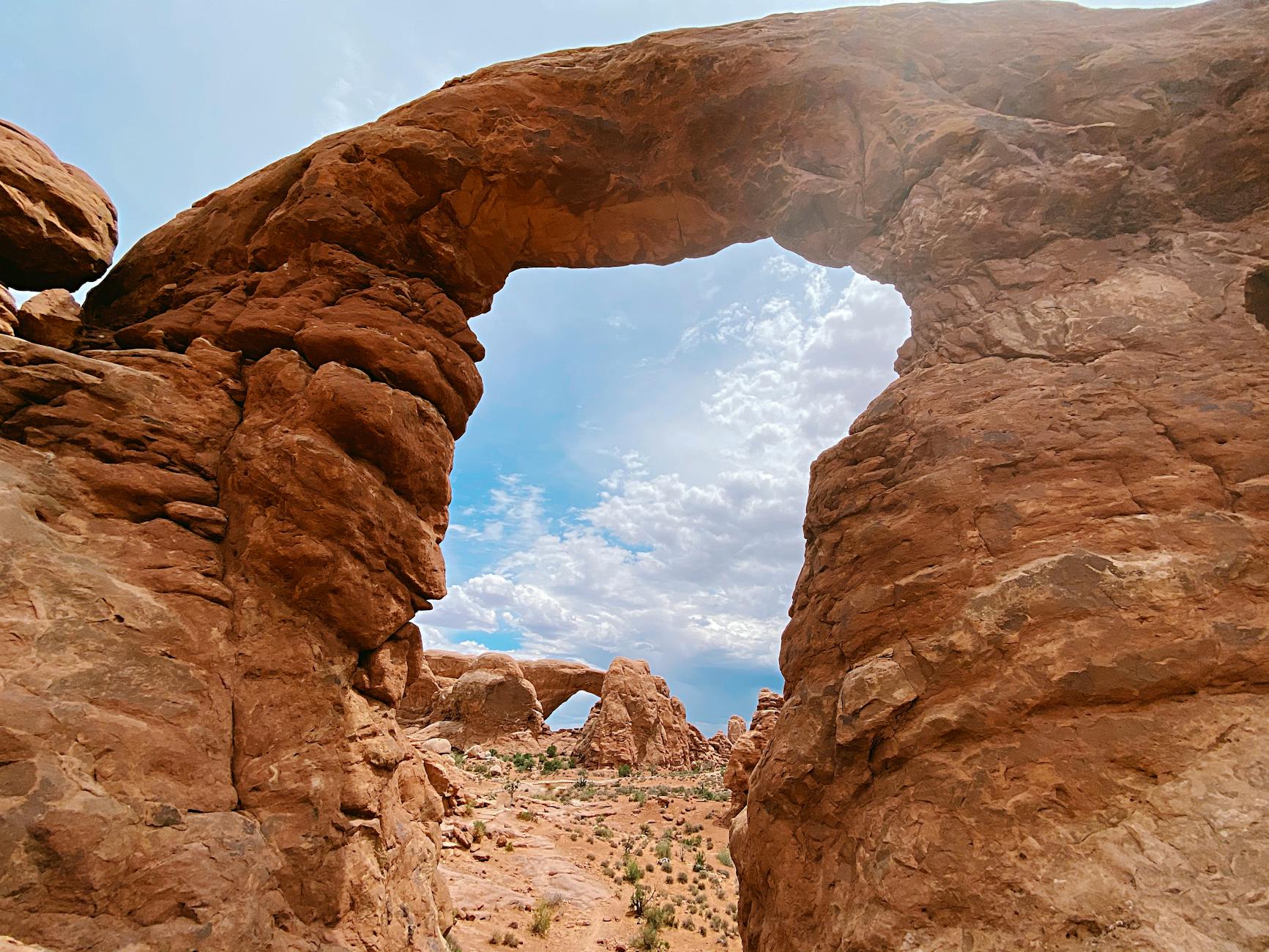The potential costs of building and maintaining a road through the Book Cliffs to connect Grand and Uintah counties were presented by Dave Nazare, a consultant from HDR Engineering, at the Grand County Council meeting on Tuesday, Sept. 2.
The findings were the result of the Grand County to Uintah County Connection Feasibility Study (GCUCFS), undertaken by HDR for the Utah Department of Transportation (UDOT), to determine the feasibility and cost of constructing a paved road from Interstate 70, to the recently paved Seep Ridge Road that currently ends at the county line.
The GCUCFS was done in response to the 2013 Uintah Basin Energy Transportation Study (UBETS), which sought to determine “the likely path of energy growth,” within the Uintah Basin, and whether or not “transportation capacity (was) limiting growth.”
“The UBETS assumed a connector (between Grand and Uintah counties) would happen,” Nazare said during his presentation to the council.
The GCUCFS compared three alternative routes for descending the rugged terrain of the Book Cliffs. Sego Canyon, a route near the town of Thompson Springs, as well as East Canyon and Hay Canyon near the Westwater exit along I-70, were all analyzed for their engineering feasibility, cost of construction, annual maintenance, and environmental impact.
Nazare said that initially the study only looked at Sego Canyon, but in response to a request from Grand County in May of 2014, East and Hay canyons were included.
“We talked about the challenges associated with Sego Canyon,” Nazare said. “There are private property and wilderness study area (WSA) issues, flood potential, and property issues with Union Pacific Railroad and (the town of) Thompson Springs. Grand County said we needed to do another comparison.”
The study determined that the Sego Canyon route, the longest option at 60 miles, would cost an estimated $260-470 million to construct with annual maintenance costs expected to be around $2.3 million.
Nazare, who also formerly worked for UDOT said, “it is my experience that the first range of numbers is never too high.”
Hay and East canyons, at 42 and 41 miles, respectively, are estimated to cost between $110-200 million to construct with annual maintenance costs to be about $1.2 million.
Grand County Council chairman Lynn Jackson said that it was evident to him after the presentation that, “building such a road … is far beyond the financial capability of Grand County.”
Jackson also said that it was too early to determine how the road would be paid for or if it would even be built.
“At this stage, the council is simply trying to get information on the technical feasibility of a road or pipeline, and on any potential economic benefits,” he said.
The GCUCFS showed that in addition to being the most costly, the Sego Canyon alternative also had the greatest impact to WSA’s, as well as Areas of Critical Environmental Concern (ACEC). The route also had the greatest impact on other environmental resources, including big game and wildlife. There were also concerns of slope stability because of the geology of the canyon.
“The information presented at council this past Tuesday certainly paints a negative picture for Sego Canyon in terms of excessive costs and environmental impacts,” Jackson said.
Nazare said that all the alternatives have substantial impacts to archaeological and paleontological resources as well as to streams and water quality.
“All three of the alternatives need a lot of planning,” he said.
The proposed roadway would be built to UDOT standards for a “Rural Principal Arterial,” which is a two-lane roadway on a 40-foot-wide strip of pavement designed to accommodate 1,500-to-6,000 vehicles a day. It would be designed for a maximum speed of 70 miles per hour on straightaways, 55 miles per hour on rolling terrain, and 35 miles per hour in mountainous terrain.
The study concluded that “the extension of the Seep Ridge Road is feasible from an engineering perspective,” and that “the Hay Canyon and East Canyon routes are the most cost-effective with the least amount of impacts.”
County council member Ken Ballantyne said that the study gave him a basis to make decisions that were based on something other than guesswork.
“I cannot say yes or no to something without some idea of the cost-benefit analysis,” he said.
As part of the cost-benefit analysis, the Grand County Council on Aug. 19 voted to participate in an inter-local agreement with Uintah and Duchesne counties that would study the possible economic benefits of a road through the Book Cliffs.
But after seeing the GCUCFS, Jackson said that the council may want to consider whether to even proceed with the economic analysis for Sego Canyon.
“We may want to simply have the economic study focus on the Hay and East Canyon alternatives,” he said.
Jackson said that Grand County is looking at ways in which it might gain ownership of the proposed road as a way for the county to gain some revenue from the oil and gas development that is occurring in the Book Cliffs.
Most of the land currently leased for oil and gas development in the Book Cliffs in Grand County is all on state School Institutional Trust Lands (SITLA). Grand County doesn’t receive any direct royalties from oil and gas produced on SITLA lands. The royalties are pooled into a state fund and distributed to schools throughout the state based on student population.
Jackson said that 80 to 85 percent of the royalties generated on SITLA land go to Wasatch Front. He said that aside from the small amount that goes to schools, none of the royalties come into the county, and that ownership of the road may be a way to increase revenue.
“Ownership status allows the owner to charge a fee for transport of any materials over the road, a ‘friction’ cost, if you will,” he said. “Then the county and it’s residents benefit, as well as our school system.”
Jackson said however, that the county is a long way from determining how, or if, a road would be built.
“We’re simply trying to provide relevant information for allowing an informed decision sometime in the future,” he said. “Once information from the second study is available, ostensibly sometime next year, then I would think we would have further community discussion regarding if, or how, we may want to proceed.”
Report details estimated costs, environmental impacts
We talked about the challenges associated with Sego Canyon. There are private property and wilderness study area issues, flood potential, and property issues with Union Pacific Railroad and (the town of) Thompson Springs. Grand County said we needed to do another comparison.





